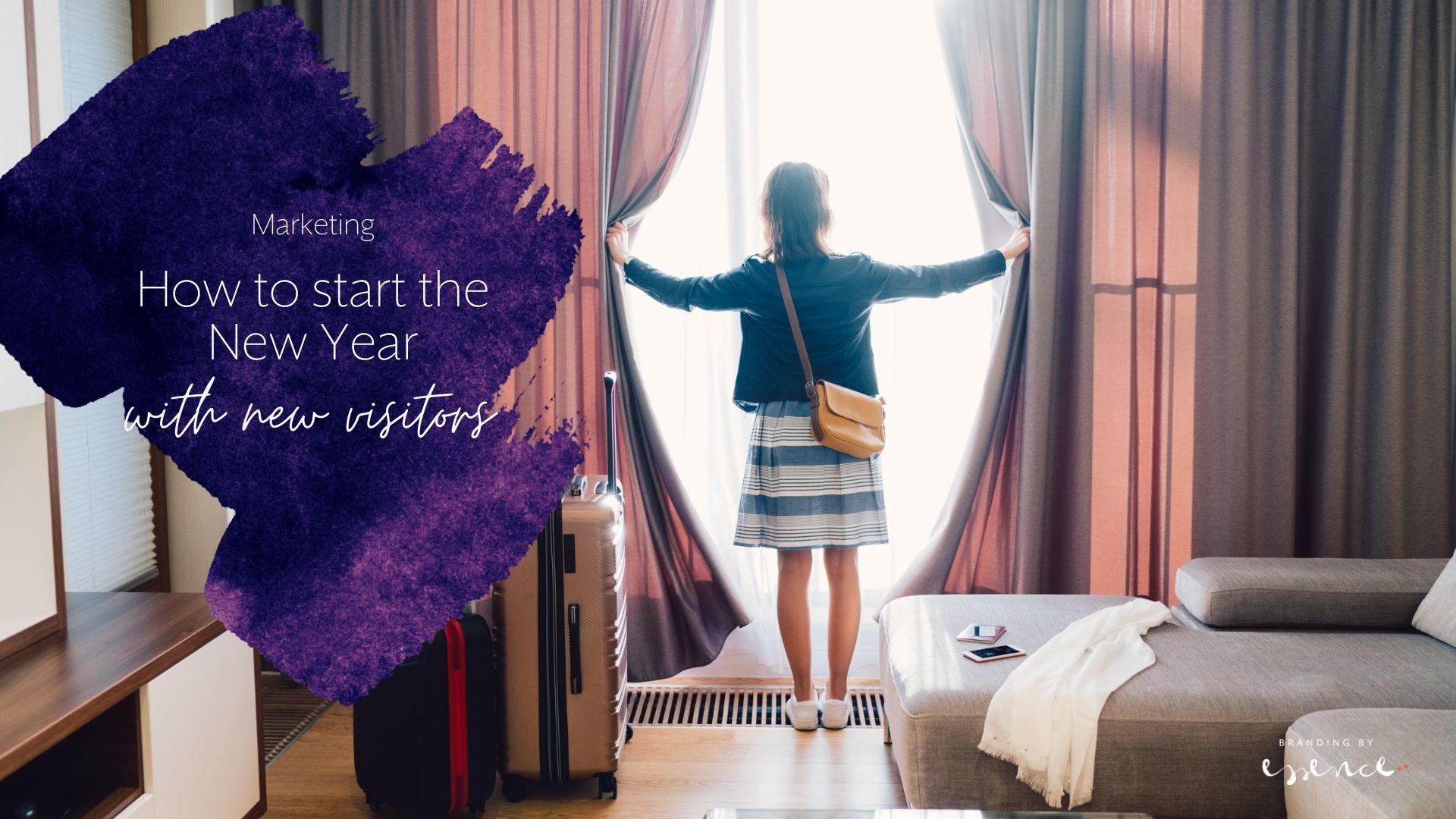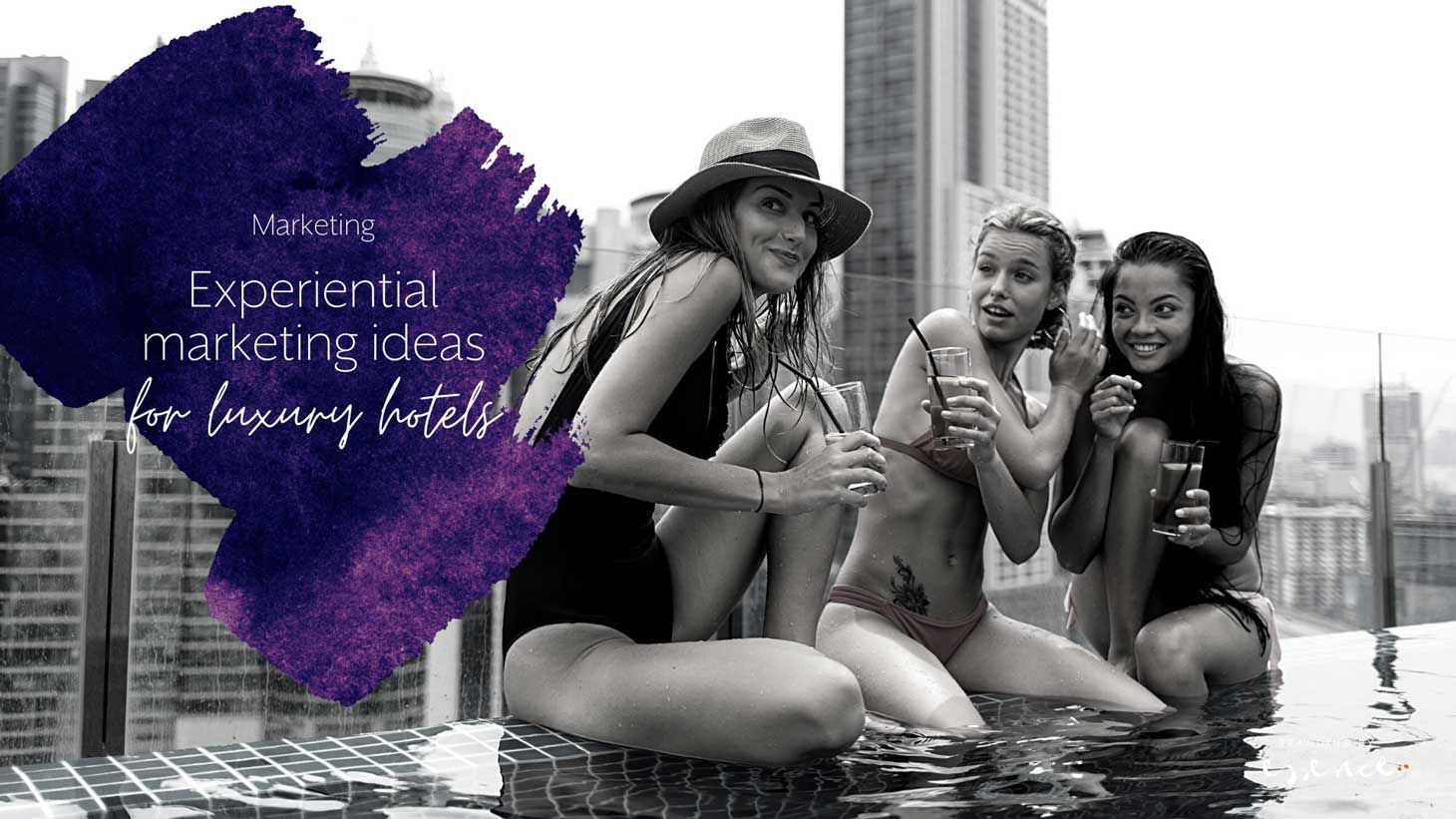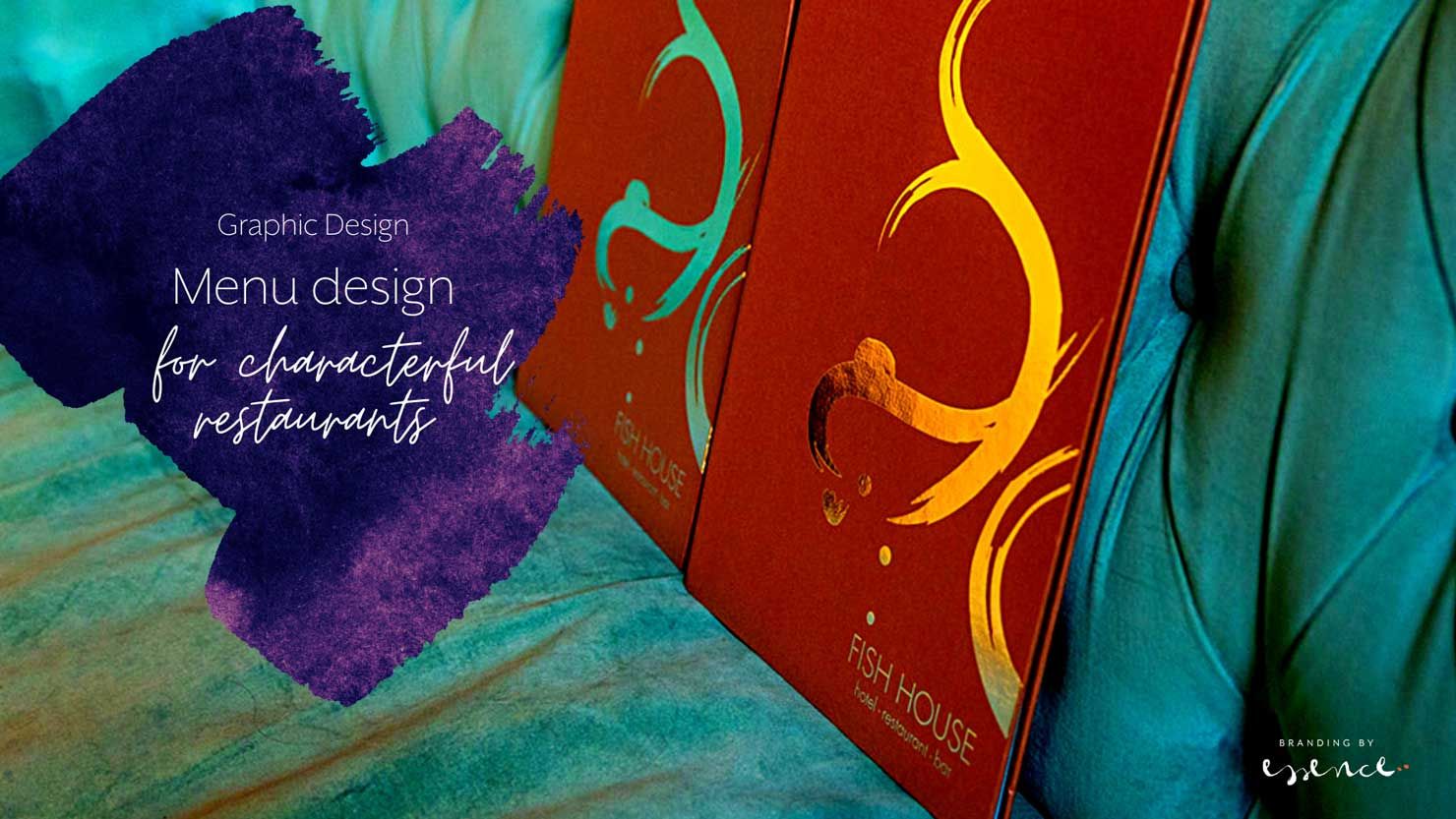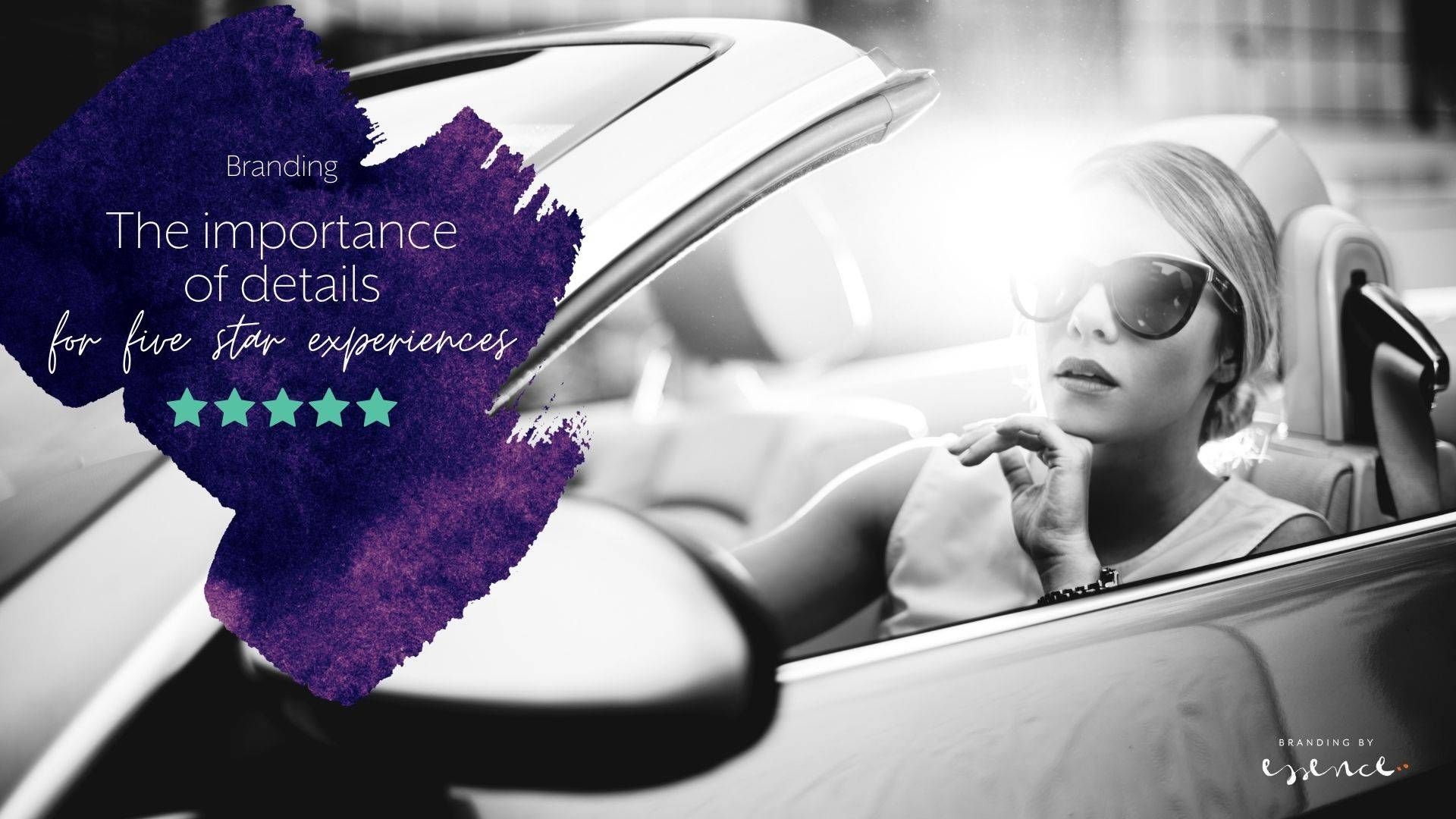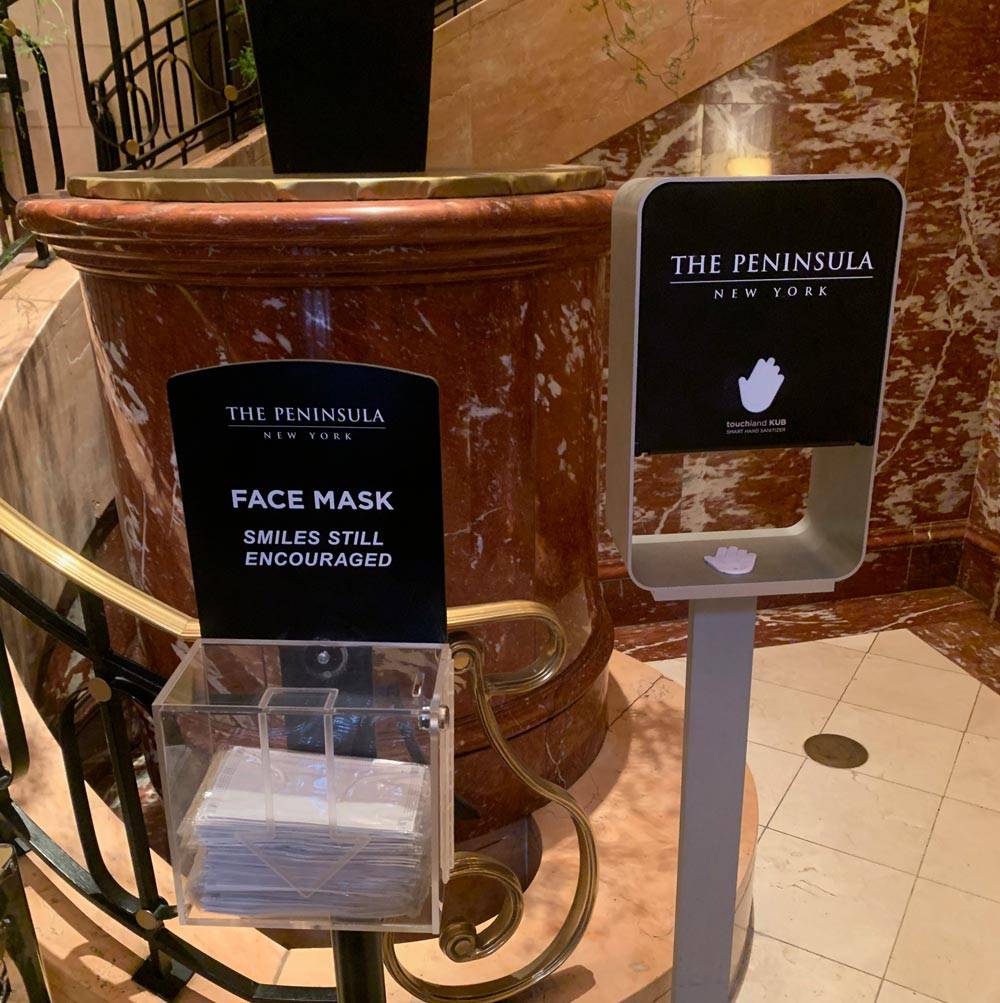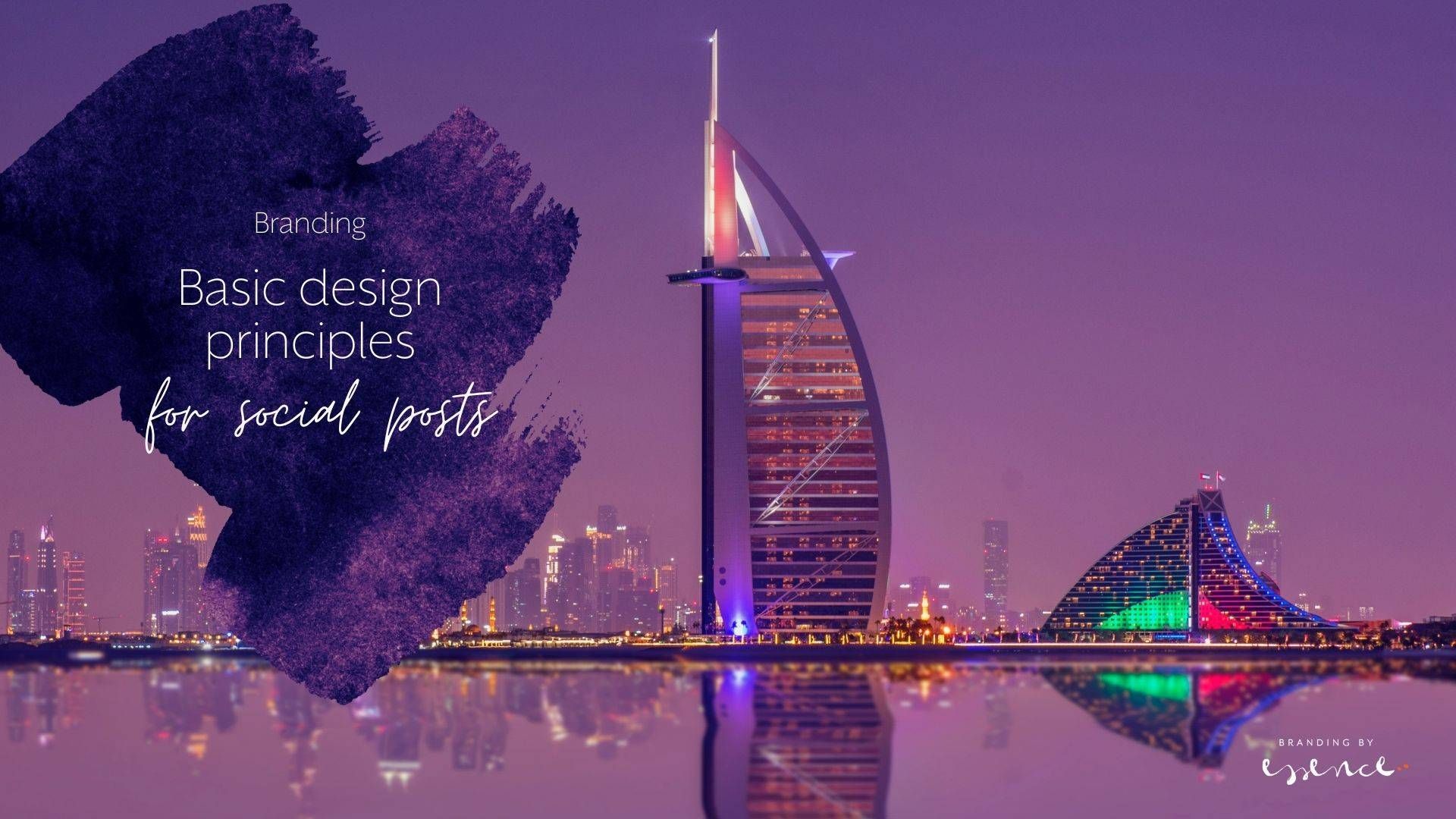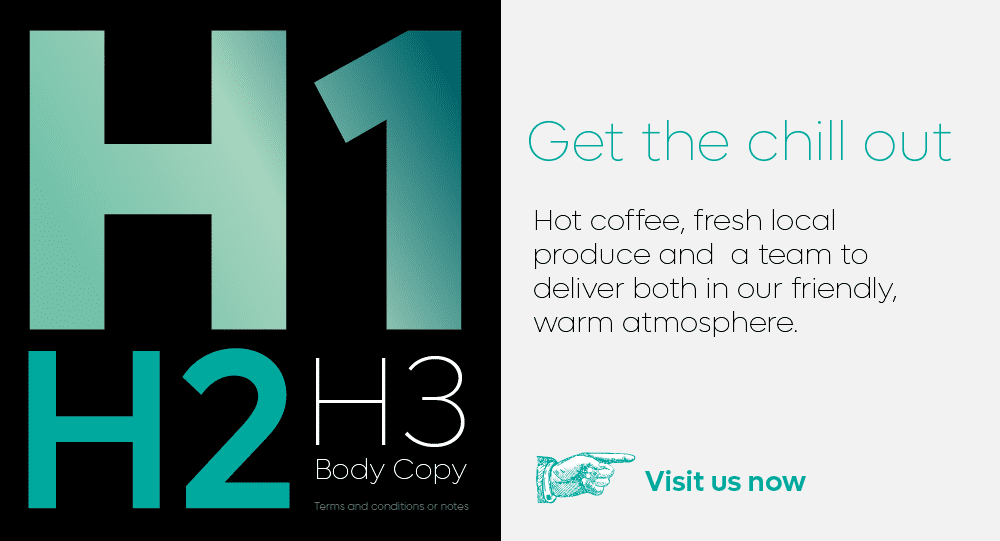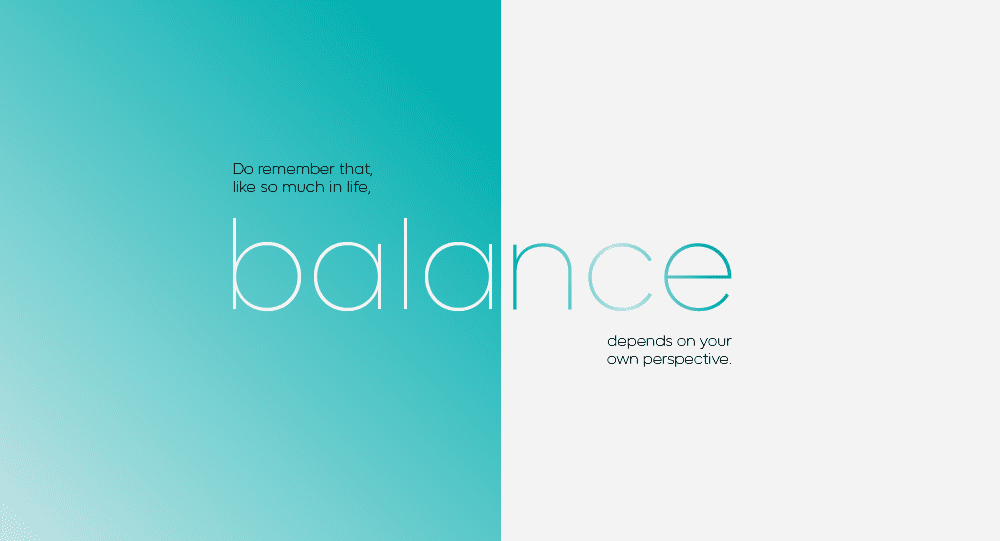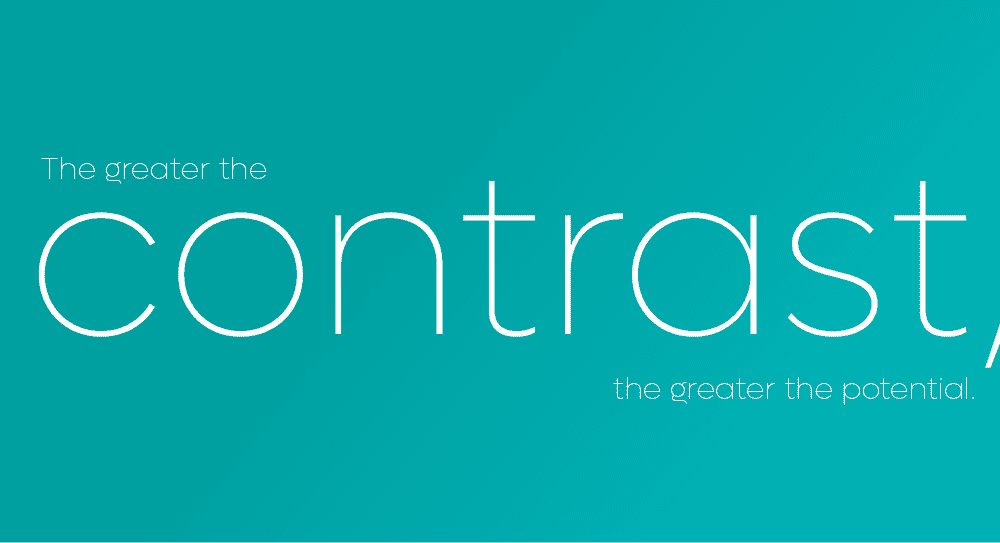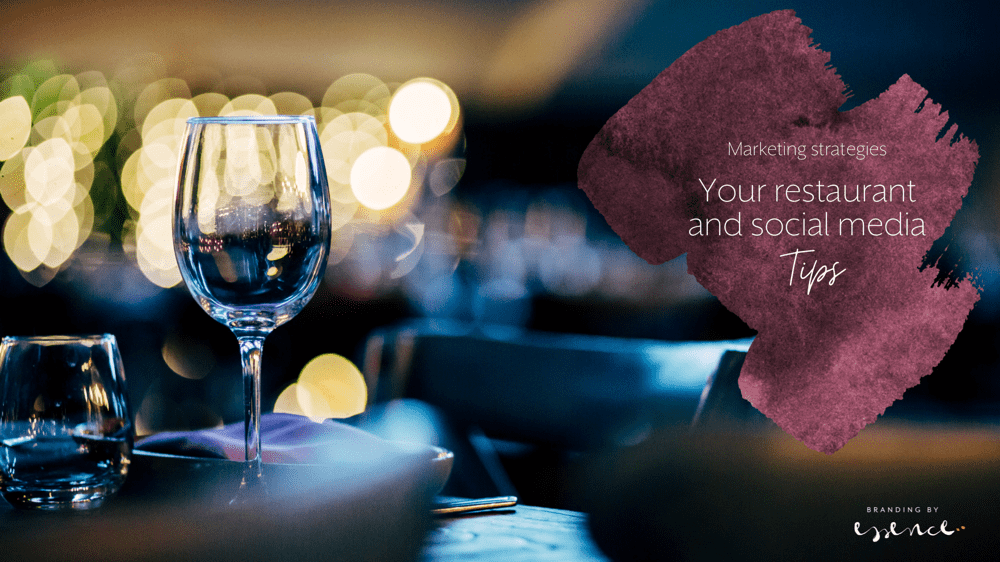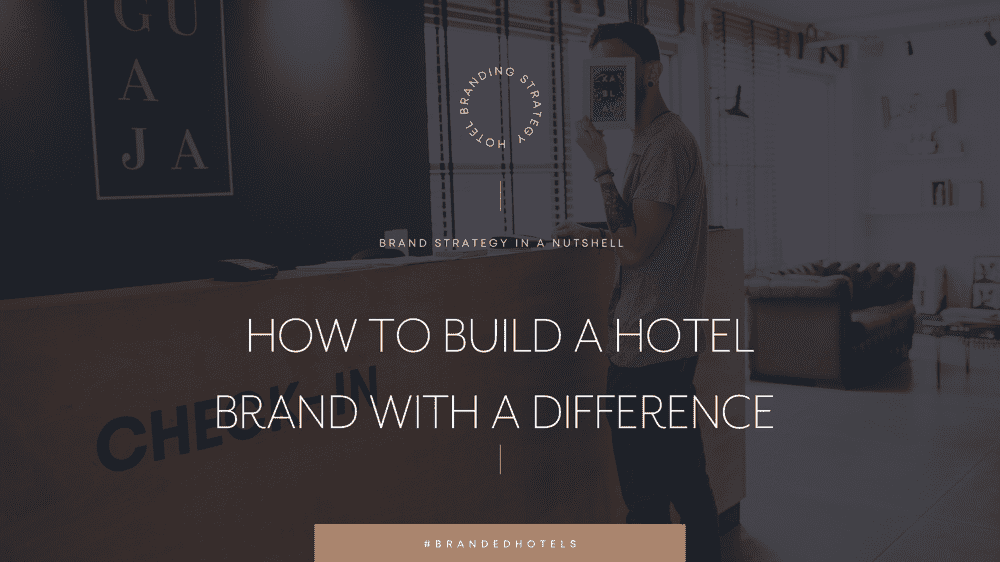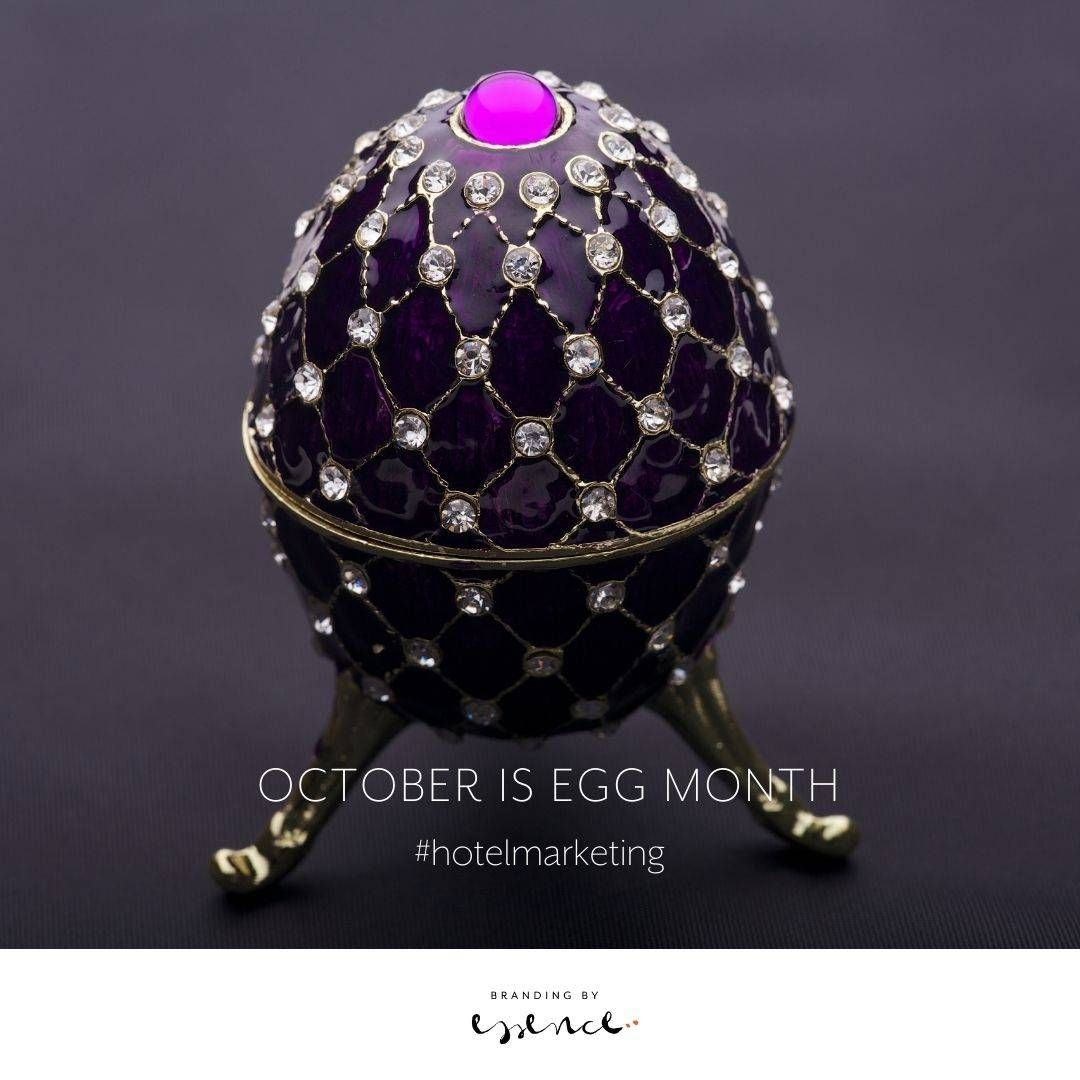Hotel branding and design – out with the old, in with the new
Branding and marketing ideas to make your venue a success in 2023
Branding and design are crucial elements of the hotel industry, as they help to create a cohesive and attractive image for your property. As we have just landed in a new year, this is a great opportunity to review and refresh your hotel’s branding and design strategy. From updating your logo and website to introducing new amenities and guest experiences, there are many ways to incorporate your hotel’s branding and design into your plans for attracting new visitors in the coming months.
Here are a few ideas to get you started:
The Sale is On…
Offer special deals and discounts to encourage people to book their stay at your hotel. This could include discounts on room rates, meals, or activities. You could, for instance, tap into the typical ‘January Sales’ theme to boost your hotel branding and design efforts.
- Offer special deals and discounts on room rates, meals, or activities during the month of January to encourage people to book their stay or visit your restaurant.
- Create a “New Year, New Savings” campaign, highlighting the various deals and discounts you’re offering during the month of January. Use catchy slogans and eye-catching graphics to draw attention to your promotions.
- Use social media and email marketing to promote your January sales and special offers. Consider creating promotional graphics or videos to showcase your deals and make them more appealing to potential guests.
- Host events or activities that tie into the “January sales” theme, such as a “New Year, New You” wellness retreat or a “Fresh Start” cooking class.
- Partner with local businesses or attractions to offer package deals that include both a stay at your hotel or a visit to your restaurant, and tickets or access to local attractions.
Let’s be eventful!
Hosting events or activities that are specifically designed to appeal to new visitors can be an effective marketing strategy for hotels and restaurants. These types of events not only help to attract new guests, but they can also enhance the overall guest experience and create a sense of community within your property.
One well-known brand that has had success with this marketing strategy is the Four Seasons Hotel chain. In addition to offering luxurious accommodations and fine dining options, many Four Seasons properties also host a variety of events and activities that are designed to appeal to a wide range of interests. For example, the Four Seasons Resort Maui hosts weekly wine tastings and cooking classes, as well as fitness classes and outdoor adventures such as snorkeling and whale watching. These activities not only enhance the guest experience, but they also help to establish the Four Seasons as a destination for relaxation and rejuvenation.
Another brand that is known for its luxurious amenities and high-end dining options hosted a monthly “Sip & Savour” event, which included a cooking demonstration and wine tasting. The destination venue also offers a variety of fitness classes and outdoor adventures, such as kayaking and stand-up paddle boarding. These activities not only help to attract new visitors, but they also help to establish the hotel as a premier destination for relaxation and rejuvenation.
Hosting events or activities that are specifically designed to appeal to your brand audience can be an effective hotel branding and design marketing strategy for the hospitality industry. By offering a variety of activities and events that cater to a wide range of interests, you can attract new guests and enhance their overall experience at your property.
Let’s partner up!
Partnering with local businesses or attractions to offer package deals that include both a stay at your hotel and tickets or access to local attractions is a great way to attract new visitors to your property. This type of partnership can be mutually beneficial, as it allows local businesses and attractions to reach a wider audience and generate additional revenue, while also providing your hotel with an opportunity to offer added value to guests.
There are a few key ways to make this type of partnership work effectively:
- Identify local businesses or attractions that align with your hotel’s branding and target audience. For example, if your hotel is located in a beach town, you might consider partnering with a local surf school or beach rental company.
- Negotiate a fair deal for both parties. This might include offering discounted rates for your hotel rooms in exchange for discounted tickets or access to local attractions, or vice versa.
- Promote the package deal to your guests through your website, social media, and email marketing. Consider creating promotional graphics or videos to showcase the package and highlight the various attractions and experiences that are included.
- Make it easy for guests to book the package deal by providing clear instructions and a simple booking process.
Overall, partnering with local businesses or attractions to offer package deals can be a great way to attract new visitors to your hotel and provide added value to guests whilst improving your luxury hotel branding and design appearance. By carefully selecting the right partners and promoting the package effectively, you can create a win-win situation that benefits both your hotel and the local community.
Be yourself – and be unique
Offering unique amenities or experiences is a great way to set your hotel apart from others in the area and attract new visitors. Here are a few other examples of unique amenities or experiences you might consider offering at your hotel:
- A rooftop pool or hot tub with panoramic views of the city or surrounding landscape.
- A private movie theater or screening room, where guests can watch films in a luxurious setting.
- A virtual reality arcade or escape room, where guests can experience immersive, interactive entertainment.
- A gourmet food market or artisanal food and drink vendor, where guests can sample local specialties and purchase unique gifts and souvenirs.
- A wellness center or fitness facility that offers specialized classes or treatments, such as yoga, Pilates, or massage therapy.
- A game room or entertainment center, with activities such as billiards, arcade games, or table tennis.
- A pet-friendly area or dog park, where guests can bring their furry friends and enjoy the outdoors together.
Just like in other areas of business and life, having something that is not readily available at other hotels or restaurants in the area, you can differentiate your property and attract new visitors who are looking for something special and memorable.
It’s important to note that some of the unique amenities or experiences mentioned above may be easier to implement than others, depending on factors such as budget, space constraints, and local regulations.(Building a rooftop pool or a private movie theater may require a significant investment of time and resources, while offering specialised fitness classes or a pet-friendly area may be more feasible in the short term.)
Having a long-term vision for your brand can help you decide which areas to focus on, and can also help you plan for the resources and funding needed to bring them to fruition. If your long-term vision for your hotel includes a rooftop bar with breathtaking views, you may want to allocate a portion of your budget towards this project and work with investors or contractors to bring it to life. On the other hand, if you are unable to secure the necessary funding or resources in the short term, you might consider offering more modest amenities or experiences in the interim, such as a coffee shop or a lounge area with comfortable seating and free Wi-Fi and you can tweak your hotel branding and design campaigns to start putting seeds of what is yet to come into the mind of your audience to keep them checking in again…
We are still social!
Social media and online marketing are powerful tools for reaching out to potential guests and promoting your hotel and the experiences it offers. Here are a few specific ways you can use these channels to reach out to potential guests and promote your hotel:
- Establish a presence on popular social media platforms such as Facebook, Instagram, and Twitter, and use these platforms to share updates and promotions about your hotel. This is very much dependent on your target audience and where they ‘hang out’ on social, so be sure you do your research before investing time and resources into this.
- Create a visually appealing website that showcases your hotel’s amenities, services, and local attractions. Make sure to include high-quality photos and videos that give potential guests a sense of what it’s like to stay at your property.
- Use email marketing to send targeted promotions and updates to your email list. Consider segmenting your email list by location, interests, or past bookings to ensure that you are sending relevant content to the right people.
- Use paid advertising on social media or search engines to reach a wider audience. You can target your ads to specific demographics or interests, and track the performance of your ads to see which are most effective.
- Create and share content on your social media channels and website that showcases the experiences and amenities your hotel offers. This might include blog posts, videos, or photo galleries that give potential guests a sense of what it’s like to stay at your property.
Overall, using social media and online marketing is a effective way to reach out to potential guests and promote your hotel and the experiences it offers. By creating engaging and visually appealing content, and utilizing paid advertising and email marketing, you can effectively reach a wide audience and encourage more people to book a stay at your property.
By implementing these strategies and continually innovating to meet the changing needs of guests, hotels can effectively attract new visitors, improve your hotel branding and design presence and help you to succeed in the evolving market of 2023. It’s also important to remember that building a strong brand and creating a positive guest experience are key factors in attracting and retaining guests, and should be a central focus of any marketing efforts.
